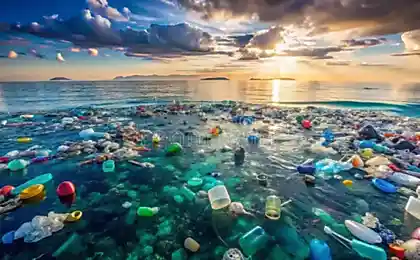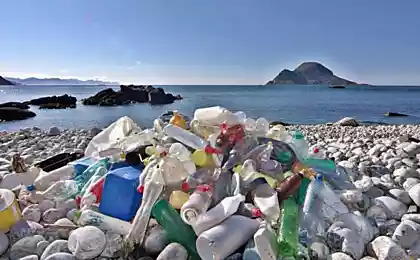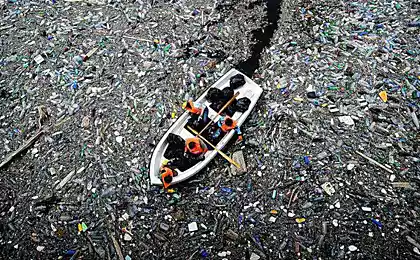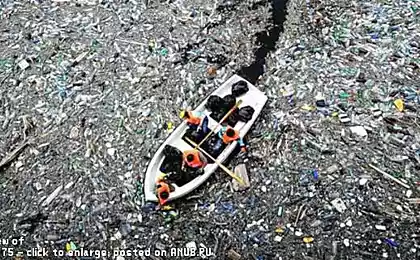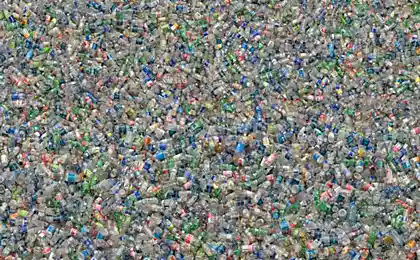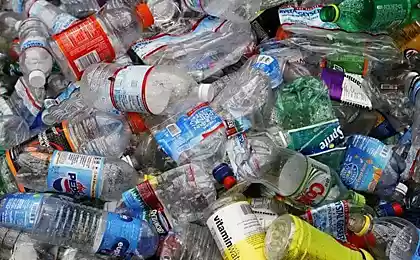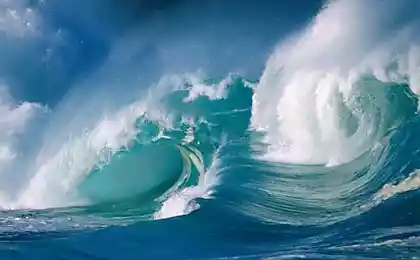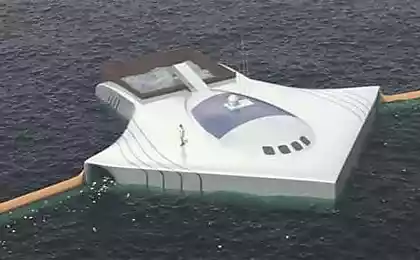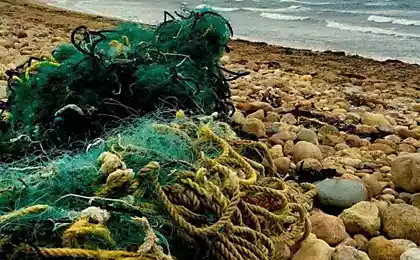181
How much plastic waste floats in the ocean
There is a lot of plastic waste in the ocean, but less than previously thought. This is the main conclusion of the latest scientific study.
Pollution of the world's oceans is attracting the attention of environmentalists because of its potential harm to wildlife. The new study builds on the results of a long expedition of a scientific vessel, during which environmentalists squandered 141 plastic-contaminated areas. According to these data, for the first time, the total amount of floating plastic debris in ocean waters is estimated at 7 to 35 thousand tons.
Study author Andres Cozar, from the University of Cadiz in Spain, says it is much smaller than previously thought. Until now, scientists operated with a value of 1 million tons obtained by extrapolating data from the 70s of the XX century. The new assessment takes into account only floating debris on the surface, without affecting plastic that can float in the water column or sink to the bottom.
Of all the plastic residues collected by the network, most were less than 0.5 cm in size. Some of them, such as cosmetic microspheres and pellets used in the industry for the production of plastic products, turned out to be very small. Also, plastic trifles are formed when waves blur larger objects, bottles, corks and bags.
The network collected fewer small particles than expected, and researchers have yet to figure out why. Perhaps the tiniest residues were eaten by fish and animals, with unpredictable health consequences.
The study found that plastic has spread widely across the planet’s oceans. However, scientists confirmed the presence of five areas with the highest concentrations of garbage. These regions were predicted in advance based on ocean models and are located west of the Americas, between the Americas and Africa, and east and west of the southern tip of Africa.
The main source of pollution of the ocean plastic debris researchers call storm runoff. This conclusion is contained in a report published in the Proceedings of the National Academy of Sciences.
According to ocean plastic pollution expert Kara Lavender Law of the Sea Education Association in Woods Hole, Massachusetts, who was not involved in the study, this is the first study to provide a global assessment of floating plastic debris. Previous estimates were based on approximate data from regional studies, the expert says.
“Of course, by any estimate, we’re releasing large amounts of synthetic materials into the environment,” Lowe says. We are fundamentally changing the composition of the ocean. The effects of our exposure to fish and birds are difficult to assess, as scientists don’t yet understand many things about how often animals encounter plastic, and how much damage they can do if plastic gets into the body.
by ABC
Source: facepla.net

